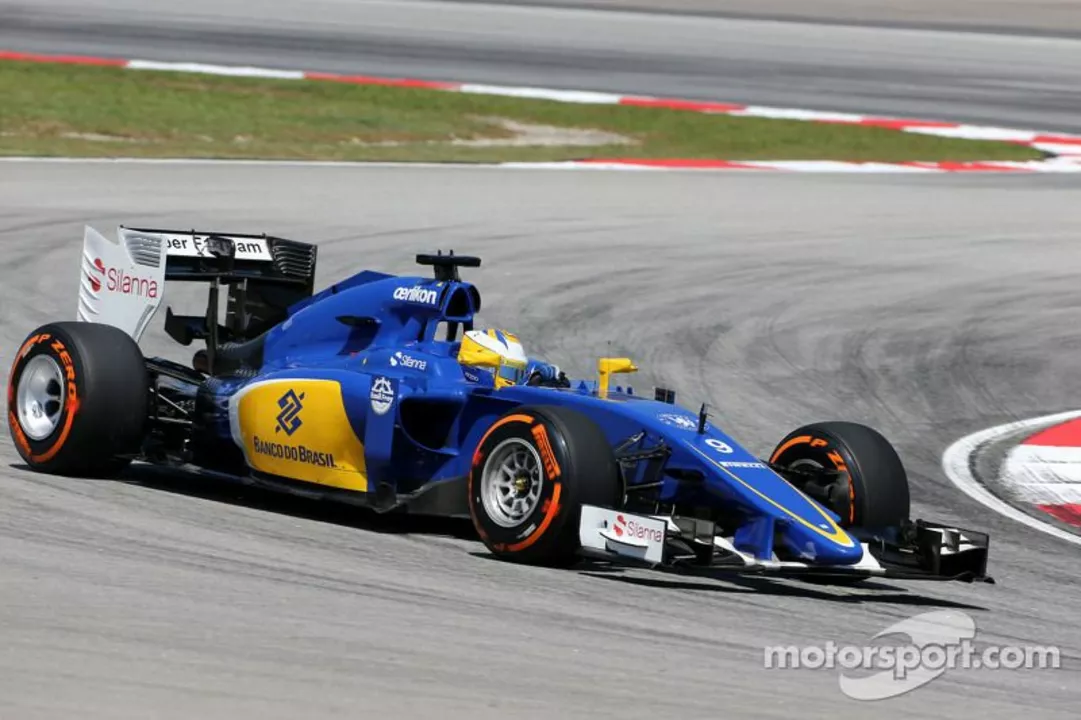Start Your Motorsport Journey with Fenn Motorsports Hub
If you’ve ever felt the rumble of an engine and wondered how to join the action, you’re in the right spot. This page gathers the most useful bits from our articles so you can get moving fast. No fluff, just straight‑forward advice and a few exciting stories to keep you hooked.
Why Motorsports Grab Your Attention
Racing cars and bikes offer a rush that’s hard to match. The speed, the sound, and the skill needed make every lap feel like a personal challenge. You’ll hear fans talk about the adrenaline of a tight corner, the smell of burnt rubber, and the pride of mastering a technique like MotoGP’s counter‑steering. Those moments are why people keep coming back, whether they’re watching a Formula 1 Grand Prix or cheering at the Isle of Man TT.
Brand battles also add drama. Audi’s endurance wins at Le Mans often eclipse BMW’s efforts, and that trophy talk fuels debates in garages and online forums. Seeing a brand dominate a series can push you to pick a specific car or bike to follow, then maybe even drive one yourself.
How to Jump Into Racing Today
Starting at 19? You’re not late. First, get a racing licence from your national motorsport authority – it’s the passport to most events. While you’re waiting, join a local club or a performance driving school. Near San Francisco, for example, the Bob Bondurant School offers courses for beginners and seasoned drivers alike. Hands‑on instruction is priceless; you’ll learn braking points, corner entry, and how to keep control when the throttle’s wide open.
If bikes are more your style, look at the machines that run the Isle of Man TT. Honda, BMW, Suzuki and Yamaha all field superbikes that are heavily modified for the time‑trial. Watching the lineup gives you a sense of what power and handling you’ll need if you ever want to enter a road‑race class.
Don’t ignore the smaller steps. Start by racing in karting leagues or local autocross events. These formats teach you racecraft without the cost of a full‑blown GT car. Practice the basics: smooth steering, consistent lap times, and clear communication with your pit crew.
Funding is another piece of the puzzle. Many newcomers find sponsors by showcasing a solid social media presence or by networking at track days. Show that you’re reliable, eager to learn, and you’ll attract local businesses that want exposure.
Finally, stay updated with the latest news. Follow our tag page for injury updates on teams like Chelsea, transfer stories such as Fabio Coentrão’s move to Rio Ave, and insights on how different series compare – like NASCAR’s ovals versus F1’s diverse circuits. Knowing the landscape helps you pick the right path and avoid surprises.
In a nutshell, grab a licence, hit a school, get on a track, and keep feeding your passion with fresh content. Motorsports is as much about community as it is about speed, so dive in, ask questions, and enjoy the ride.

Starting my own IndyCar team is an exciting venture that requires thorough planning and research. First, I'll need to establish a budget, taking into account expenses like team personnel, equipment, and travel. Next, it's important to secure sponsors and partners to help fund the team. Building a skilled and dedicated crew is also vital, as well as ensuring I have a competitive driver lineup. Finally, registering with the IndyCar Series and meeting all their requirements will make my dream of owning an IndyCar team a reality.
Read More